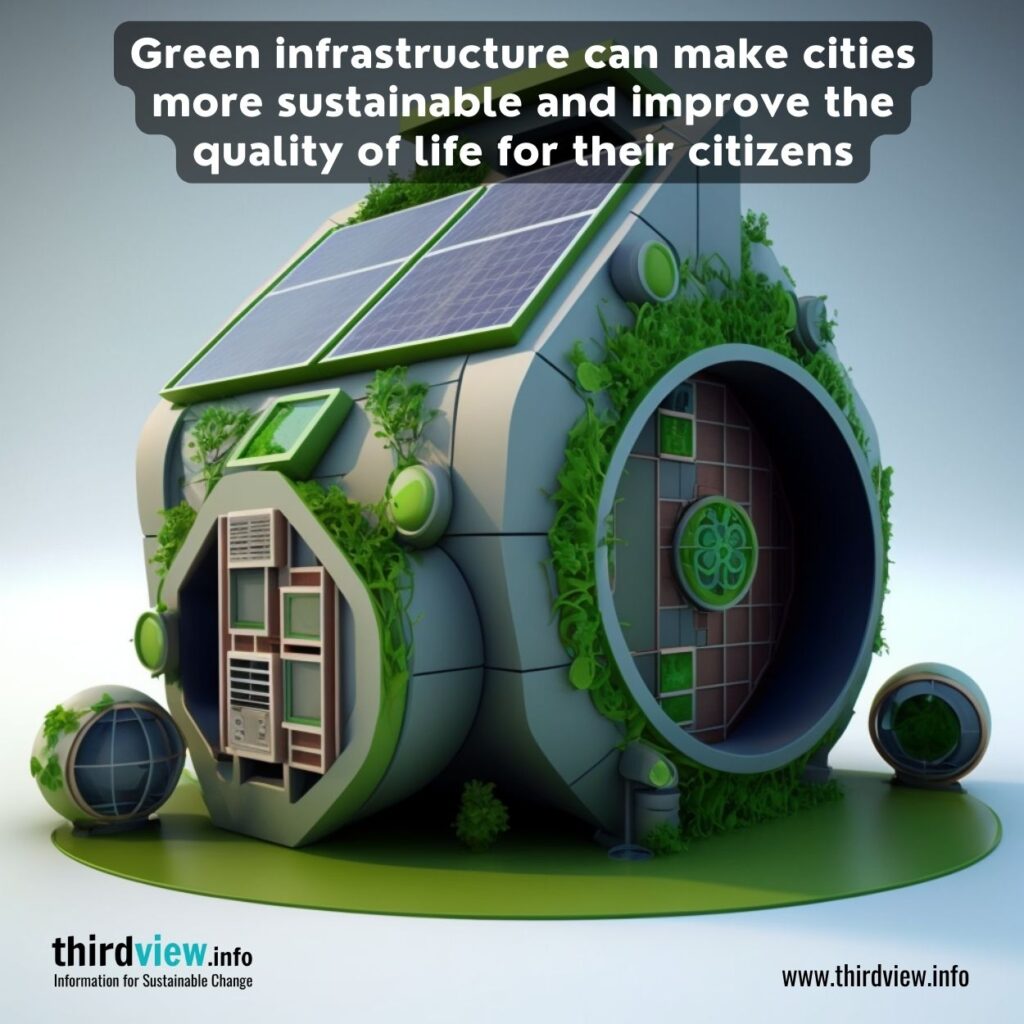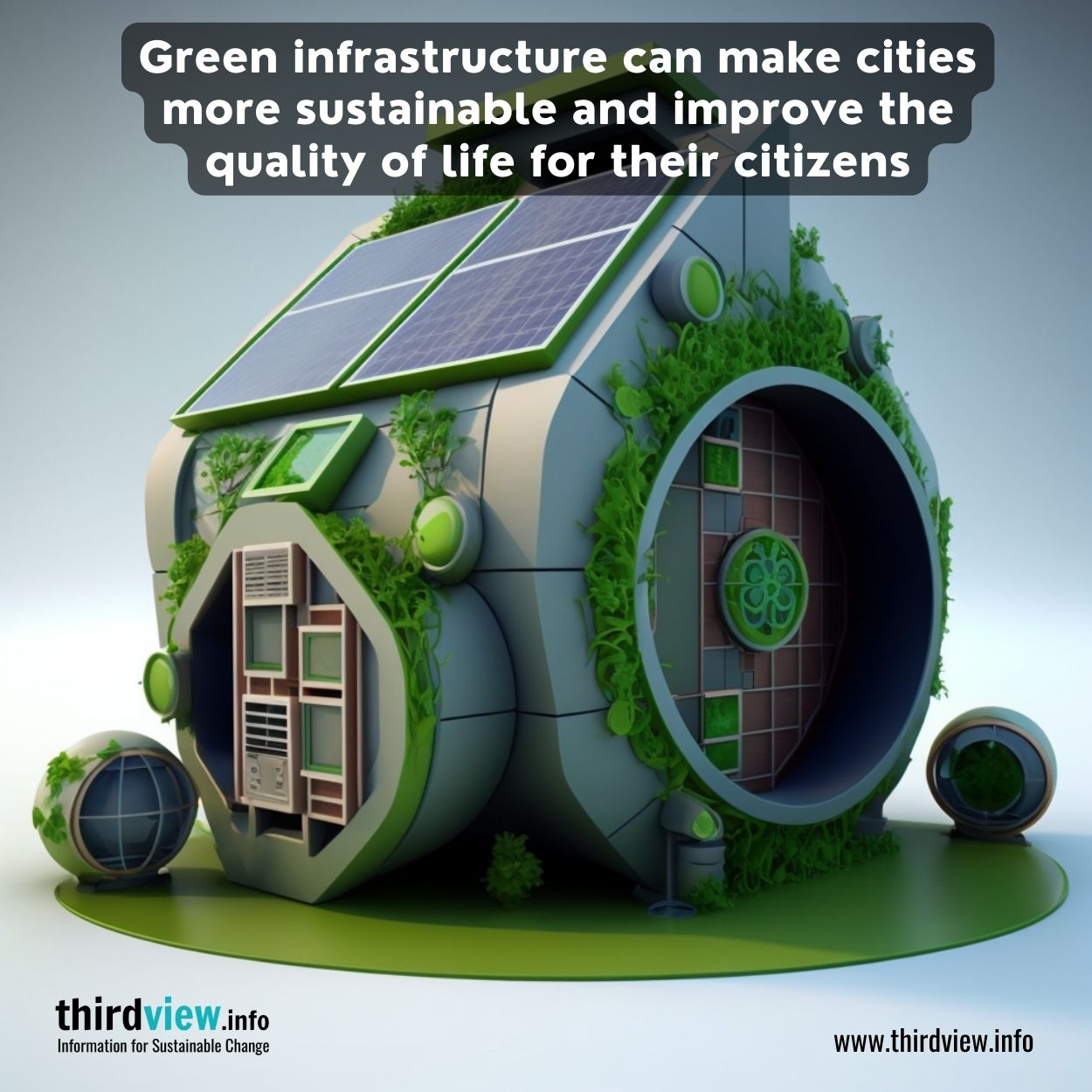As cities become more populated, the need for sustainable urbanization increases. One way to help promote sustainability is through green infrastructure. Green infrastructure is the use of vegetation, soils, and other elements in and around urban areas to improve environmental outcomes. With this type of infrastructure, cities are able to provide a better quality of life and reduce pollution levels while still encouraging economic development. Let’s take a look at how green infrastructure can help promote sustainable urbanization.
The Benefits of Green Infrastructure
Green infrastructure offers numerous benefits to cities and their citizens. For instance, green infrastructure can absorb stormwater runoff, reducing flooding and improving water quality. In addition, green spaces also provide habitat for wildlife as well as recreational opportunities for people. By planting trees and other forms of vegetation in urban areas, cities can improve air quality by reducing pollutants from cars and factories that would otherwise be trapped by buildings and asphalt roads. Finally, green infrastructure serves as a buffer between industrial sites and residential communities; this helps reduce noise pollution from nearby factories or construction sites.
Using Green Infrastructure Effectively
Green infrastructure should be used strategically to maximize its potential benefits. Cities should consider their existing land use patterns when planning their green infrastructure projects; this will allow them to take advantage of existing resources while minimizing impacts on existing communities or businesses. Additionally, cities should focus on creating interconnected networks of parks and open spaces rather than isolated pockets; this will allow people to move easily between different areas while still enjoying nature’s beauty. Finally, it is important to remember that green space alone is not enough; cities must also ensure that they are providing adequate resources such as public transportation or bike paths so that people can access these spaces safely and easily.
Green Infrastructure has great potential to promote sustainable urbanization in today’s rapidly growing cities. By using vegetation, soils, or other elements strategically around city areas we can reduce flooding, improve air quality, and reduce noise pollution all while providing habitat for wildlife as well as recreational opportunities for people living in those areas. When planning out projects involving green infrastructure it is important to consider existing land use patterns so that you can maximize the potential benefits without impacting any existing communities or businesses negatively. To truly take advantage of what green infrastructure has to offer it is essential to remember that connecting parks with public transportation or bike paths could have an even greater impact on sustainability within those populations living in urbanized areas.


